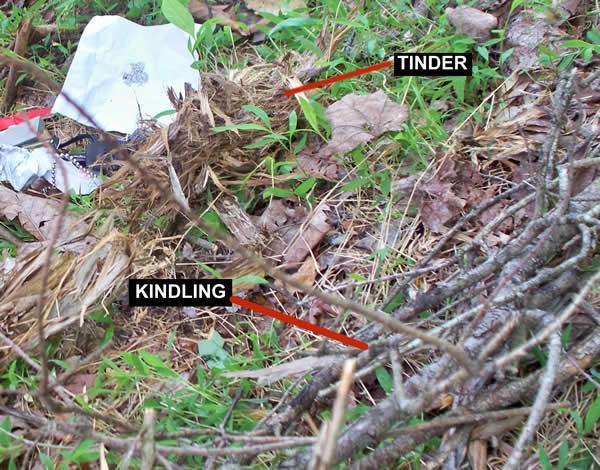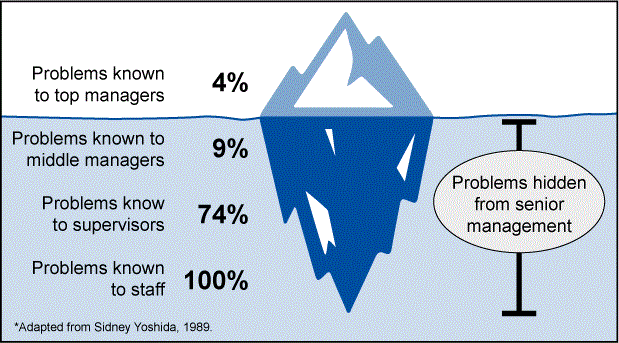
“From the little spark may burst a mighty flame.” –Dante
As a volunteer trail leader for teenagers backpacking in Northern Michigan, I have spent many summers teaching the art of fire starting, much of which I learned while serving in the United States Marine Corps. When kids are first asked to build a fire, without any instruction, they normally begin by collecting and stacking large logs and sticks in a pile. Using a pocket lighter or igniter, they hold the flame under a thick piece of firewood hoping the flame will spread and start the fire. However, this approach is never effective.

There are many ways to start a fire. However, there are three ingredients necessary for fire. These three ingredients are fuel, oxygen and heat. When one component is absent, the fire goes out. There are also three types of fuel needed to ignite and keep a fire lit. The order of adding these types of fuel are critical. The first type of fuel is tinder. Tinder is the smallest and easiest burning materials and is used to get fire started. Examples include wood shavings, wadded paper, wax and dryer lint. The next type of fuel is kindling. Kindling is also the next step up in size from tinder. Usually twigs or small branches anywhere from 1/8 inch and 1/2 inch in diameter. The final type of fuel is firewood. Firewood can vary anywhere from one inch to five inches in diameter. It can be logs or split down from larger pieces. When following this proven approach, anyone can ignite a fire with even the smallest spark.
Similarly, there are ingredients necessary to fuel a mighty flame of continuous improvement in any organization. Many times, I see leaders add “fuel” in the wrong order, or they miss certain ingredients, resulting in a smoldering mess. We can build the best looking log cabin or teepee, but without tinder or kindling, the fire will never start and take off into a mighty flame. In other words, if I try to deploy tools, techniques and proven solutions, before I have a stable process, then the fire will not burn. If I try to empower my single team for success with no long-term vision or connection to mission, then I will surely fail. Leaders cannot add “firewood” before applying “tinder” and “kindling.” The result is a good-looking log cabin that will never actually light. So what are the tinder, kindling and firewood needed to build a mighty flame in a business?
Tinder
- Stability in processes and leadership (can not improve chaos)
- The vision must be clearly communicated
- Standards, accountability and expectations are clearly stated
- Targets to achieve business goals are set
One of the biggest reasons people fail to maintain a robust Lean system is their desire for complexity. This desire seems to be human nature. We begin simply enough, but then we add more levels of complexity until eventually, we have a system that takes far too long to maintain. Clear and simple communication throughout the organization is key.
Kindling
- Choose a model area
- Empower committed employees for change
- Leaders enable action by removing roadblocks
- Deploy structured problem solving (constant learning is the norm)
- Generate small, simple improvements
- Celebrate success on small wins
Are you familiar with the iceberg of ignorance (see below)? Organizations miss a golden opportunity when they fail to ask employees for their ideas in solving issues, but instead rely solely on information inside a computer or hiding in the minds of managers. Executives and supervisors may not have the up-close perspective and inside knowledge compared to the employees who are experiencing the problems firsthand. Employees may know how to fix the problem, and may even offer a cheaper solution if consulted. This is a win-win approach: employees feel valued and the problem is solved at the root level in a way that makes sense.

Firewood
- Continuous and frequent “touches”
- Hard work
- Inspect what you expect (audit)
- Sustain, replicate, integrate the improvements
Improvement is like a mighty fire. You must continue to add firewood to keep the fire burning. If you stop, the fire will surely burn out. Lots of repetition builds the fire of improvement capability and culture. Small, simple improvements are much easier to repeat than larger, complex improvements. Lean culture change requires continuous and frequent touches between people/processes. Although these touches can have different purposes, small improvements every day with frequent touches from leaders can have a huge impact. This is usually pretty simple in practice, only taking a few minutes, but is nevertheless hard work, because it requires an enormous amount of diligence and, sometimes, a little bravery to have uncomfortable conversations.
Keep it simple. Keep it visual. And continue to improve.